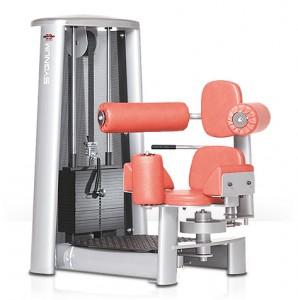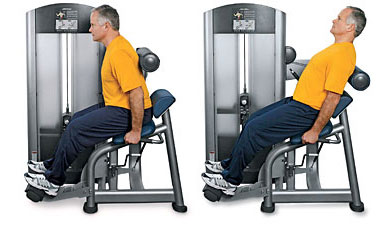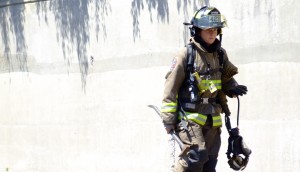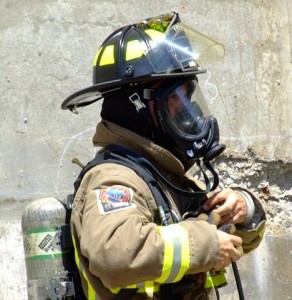It has just come to our attention that a new initiative from the American Physical Therapy Association aims to shed light on a few archaic treatment techniques that just don’t pass scientific muster.
You can check out the post at the following link and read about the end of the heating pad in physiotherapy:
Farewell Heating Pads – Say Physiotherapists
While it’s great to see our colleagues down South take a strong position on some of the physical therapies that continue to be used simply because of tradition or even for financial reasons, for us at Primal Human Performance, this isn’t really news.
Since our inception, we have focused on using the physiotherapy treatments that have a large body of evidence that support their use: active rehabilitation, exercise and education.
That’s why we aim to get most of our clients moving and using their bodies as quickly and as safely as possible.
And that’s also why we don’t even own any of the standard or traditional physiotherapy electrotherapeutic modalities such as TENS, IFCs, ultrasounds, or even hot and cold packs.
Instead, we have a fully appointed gym with power racks, dumbbells, barbells, bands and medicine balls.
Because exercise is medicine.





 Maybe a little ice. A couple ibuprofen. A tensor wrap here, a hot pack there. Some Tiger Balm. And a big glass of red wine.
Maybe a little ice. A couple ibuprofen. A tensor wrap here, a hot pack there. Some Tiger Balm. And a big glass of red wine.









(inside Peak Performance Golf)